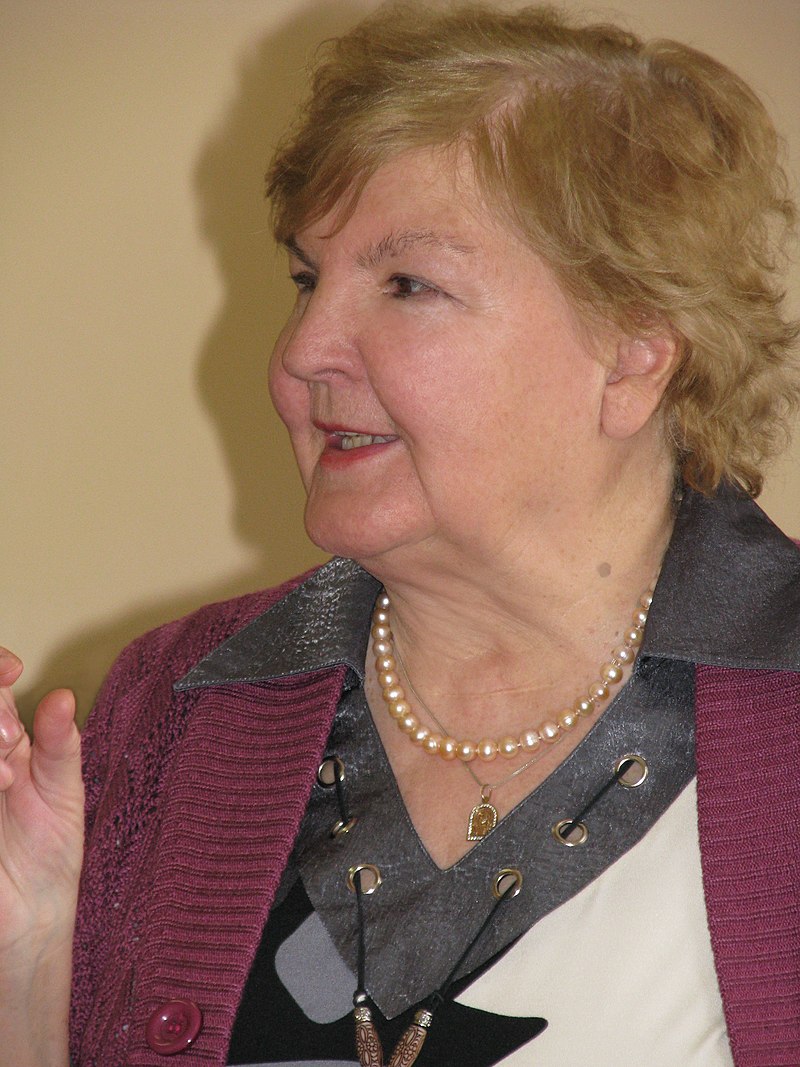On November 30, the third of five lectures took place in ZOOM within the internship in cultural studies, art history and music studies. Cherkashyna-Hubarenko Maryna Romanivna, Doctor of Arts, Academician of the National Academy of Arts of Ukraine, Honored Art Worker, Professor of the Ukrainian National Tchaikovsky Academy of Music, was a speaker.

The scientist’s scholarly interests include the history of music and theatre, Ukrainian music studies, features of Ukrainian music in modern media space, history, structural elements and characteristics of opera in different cultural epochs. The lecturer was awarded such honors as Laureate of the Prize of the Ukrainian Theater Society, Laureate of M.V. Lysenko Prize and Honored Art Worker of Ukraine. Moreover, Maryna Romanivna is the founder and head of Wagner Kyiv Association. The scientist managed to create such an association of Wagner’s admirers in 1996.
The online lecture was entitled “How Wagner and Mussorgsky united with “immortal” “Faust” by Gounod and with commedia dell’arte in the opera world of Sergei Prokofiev”. We know such composers as Richard Wagner, Modest Mussorgsky, Sergei Prokofiev, and other components of the title should be clarified. “Faust” is an opera by Charles Gounod based on the plot of the first part of the same-name tragedy by Johann Wolfgang Goethe. Commedia dell’arte (“comedy of the profession”) is a type of Italian popular improvisational theater with the participation of masked actors. How did R. Wagner, M. Mussorgsky, the opera “Faust” and the Italian comedy merge in the oeuvre of Sergei Prokofiev? The matter is that R. Wagner’s contributions in music studies are the combination of myths about the beginning and end of the world, and the motive of Mussorgsky’s works is the fall of kingdoms (apocalypse). “Faust” is about both earthly life and the afterlife: according to the plot, Faust sold his soul to the devil (Mephistopheles). Therein lies the connection with mysticism in the work of composers. As for comedia dell’arte, S. Prokofiev had been interested in the relevant genre and used its elements in his creative works.
Thus, the scientist conducted meticulous and thorough work to make this lecture on the peculiarities of works by Sergei Prokofiev so consistent and exciting for all participants.
We appreciate your active participation and remind you that the next lecture will be held on December 3, 15.00.
See you in ZOOM!
